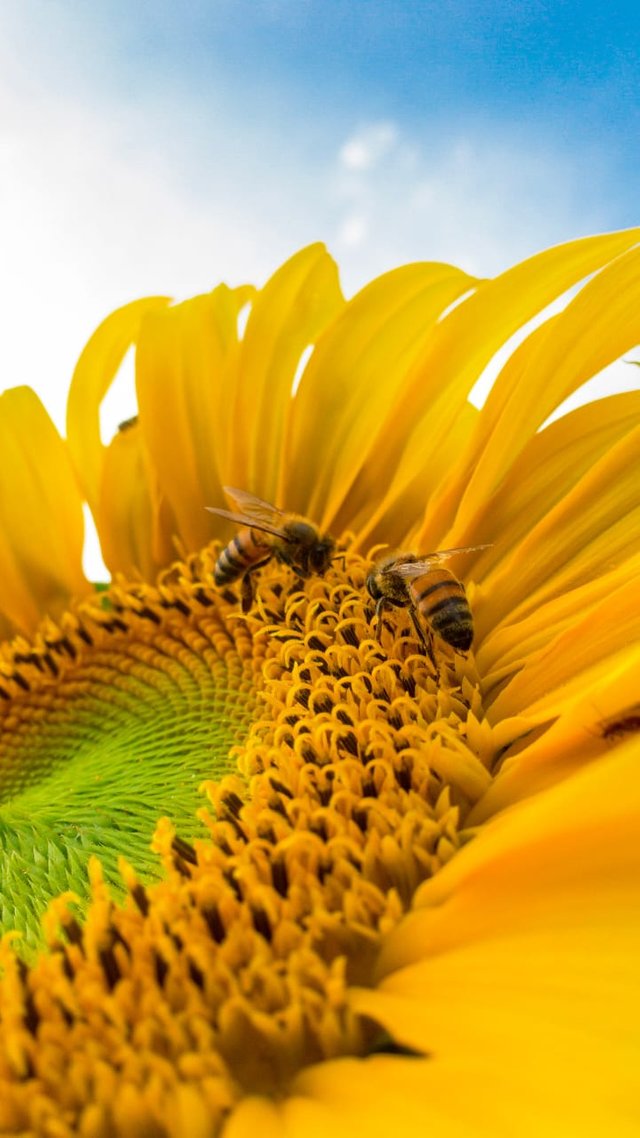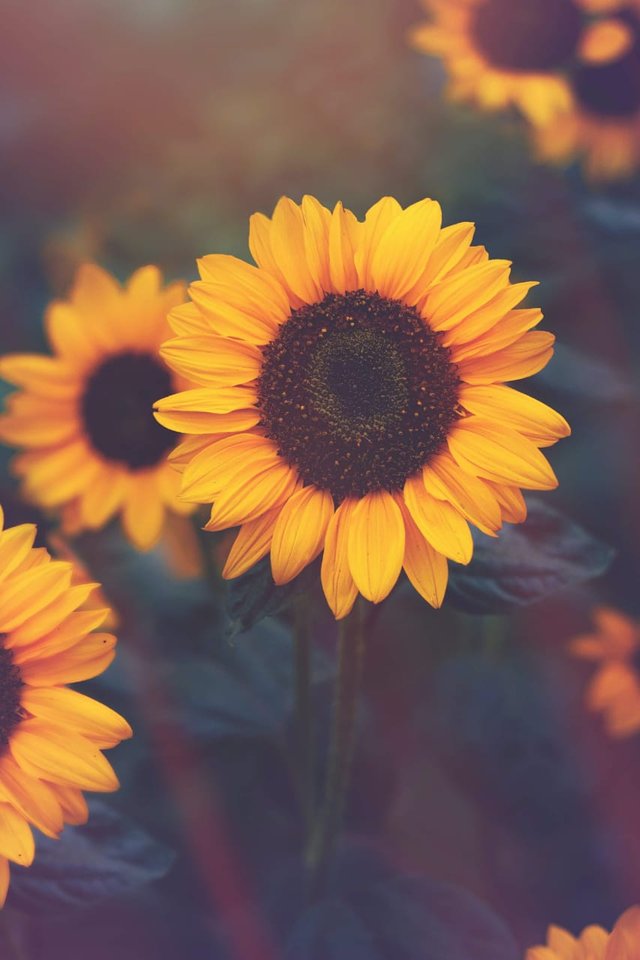The Sunflower: Nature's Golden Gift
Sunflowers (Helianthus annuus) are a botanical wonder, celebrated for their vibrant yellow petals and striking presence. Native to North and Central America, these iconic flowers have a simple yet captivating structure that has fascinated people for centuries.

Anatomy and Appearance
A sunflower's most notable feature is its large flower head, which can range from a few inches to well over a foot in diameter, depending on the variety. These flower heads are not single blossoms but composites of many tiny individual flowers grouped closely together.
The prominent golden-yellow petals radiate outward from the central disc, creating a visual spectacle that captures the essence of sunshine. Surrounding the central disk, a ring of petal-like structures called ray florets adds to the flower's allure. These ray florets are sterile but play a vital role in attracting pollinators.
Symbolism and Cultural Significance
Sunflowers hold a special place in various cultures and symbolize a range of positive attributes. They are often associated with:
Happiness and Positivity: Sunflowers are frequently seen as symbols of warmth, positivity, and joy. Their bright and sunny appearance brings cheer to any setting.
Loyalty and Devotion: In the language of flowers, sunflowers represent adoration, loyalty, and unwavering devotion, making them popular tokens of love and appreciation.
Resilience and Strength: The towering presence of sunflowers and their ability to thrive in challenging conditions, such as poor soil and drought, symbolize resilience and strength.
Life's Celebrations: Sunflowers are often chosen for bouquets and decorations at significant life events like weddings and graduations, adding a touch of natural beauty to these occasions.
Historical and Cultural Significance: Sunflowers have deep cultural roots in many Native American tribes and are associated with sun deities in various ancient cultures.
Practical Uses
Beyond their aesthetic appeal, sunflowers offer a range of practical uses:
Food: Sunflower seeds are a nutritious and popular snack, enjoyed for their unique flavor and health benefits. They are also a source of sunflower oil, used in cooking and various food products.
Agriculture: Sunflowers are grown as a crop for their oil-rich seeds, used in the production of cooking oil, biodiesel, and animal feed.
Ornamental Plant: Sunflowers are a favorite choice for gardens, adding a burst of color and attracting pollinators, such as bees and butterflies.
Wildlife Habitat: Sunflowers provide nectar for pollinators and seeds for birds, contributing to biodiversity in their ecosystems.
Art and Craft: Sunflowers have inspired countless artists and craft enthusiasts to create paintings, sculptures, and other forms of art, further solidifying their cultural significance.
Sunflowers in Art and Culture
Sunflowers have been a recurring theme in art and culture for centuries. Vincent van Gogh's series of sunflower paintings, including "Sunflowers" and "Sunflowers in a Vase," are some of the most famous depictions of this flower. They capture the vibrancy and beauty of sunflowers in a way that has resonated with art enthusiasts worldwide.
The sunflower's presence in literature, folklore, and mythology has also shaped its cultural significance, making it a symbol of hope, positivity, and natural beauty.
In Conclusion
Sunflowers are not only a botanical wonder but a symbol of joy, positivity, and the enduring beauty of nature. With their golden petals and rich cultural symbolism, sunflowers have captured the hearts of people worldwide. Whether in gardens, art, or literature, the sunflower remains a radiant symbol of sunshine, happiness, and the beauty of the natural world.
